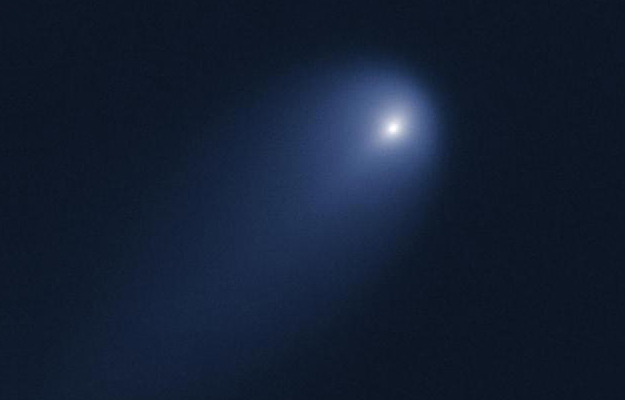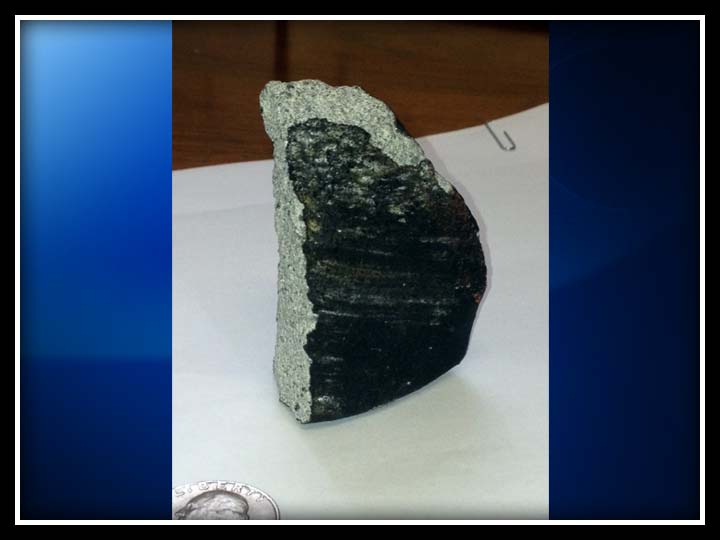
Ten years after the discovery of remains of a 15 cm strange humanoide, it was confirmed that it is actually a human. According to the team working on the project Sirius, is the conclusion of scientists from Stanford and was presented in a new documentary.
Since the small humanoid - known as Atacama Humanoid and treated by Ata - was discovered in the Atacama Desert in Chile for 10 years, has been much speculation about its origins.

Advanced theories included that the bones were from an aborted fetus, a monkey, or, for some, even an extraterrestrial being.
In the weeks leading up to the premiere of the documentary Sirius UFO enthusiasts have increased the belief that the film could announce a breakthrough in the search for extraterrestrial life forms.

This is because the small skeleton certainly has many of the features we have come to believe to be aliens - in particular, a large head on a small body.
But the documentary reveals that a DNA sample was extracted from the bone marrow of the little being analyzed by scientists of the famous Stanford University.
The conclusion is that it is an "interesting mutation" of a human male who have survived from six to eight years after the birth.
"I can say with absolute certainty that it is not a monkey. It is human - closer to human than chimpanzees. He lived until the age between six and eight years, "said Garry Nolan, director of biology at the School of Medicine at Stanford University in California.
"The DNA tells the story and we have the computational techniques that allow us to determine, in a very short time, it is actually a human," Nolan says in the documentary. And it is, to dismay of many.
The documentary premiered in Los Angeles in the past Earth Day, April 22 - from now on will be released online and in cinemas around the world.



